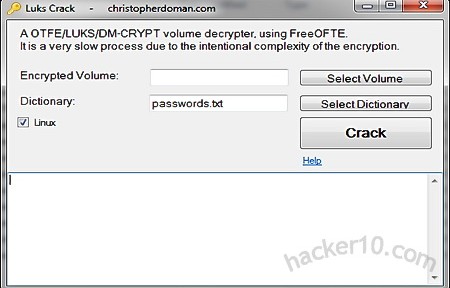Social Number is a networking site where people can create groups to discuss any issues they like without having to reveal their real identity and connect with like minded people from all over the world, not just friends and family. The signing up process requires you to create a number of in between six and ten digits, this will be your ID, enter a real email address that needs to be confirmed and tick a box to corroborate that you are over 18 due to the nature of some of the groups.
Other information like profession, college, interests and location is all optional, if you enter this data it will help Social Number find suggested discussion groups and pals, otherwise you can find them on your own with the search box. Private messages can be sent to other people in the network knowing their Social Number decimal.

At the time of writing the most popular Social Number groups are hacktivism and sex, there are also discussions about depression and health issues that would be impossible to talk about somewhere like Facebook with your real name and risk being stigmatized for ever due to a temporary lapse. On the downside, foul language can also be found around, but nothing stops you from blocking abusive members or report harassment to the administrators.
Social Number is what Facebook should have been if they really cared about privacy. Computer IPs are logged and they will be given to the authorities in case of illegal activities but Social Number makes sure that nobody searching the Internet for your name will be able to link it to your personal posts unless you reveal too much information yourself. The site also has an encrypted SSL connection to stop third party eavesdropping. A similar site to Social Number is the Experience Project, with many more users since it has been around for longer, but in Social Number they have a much greater focus in connecting with others at a personal level.










